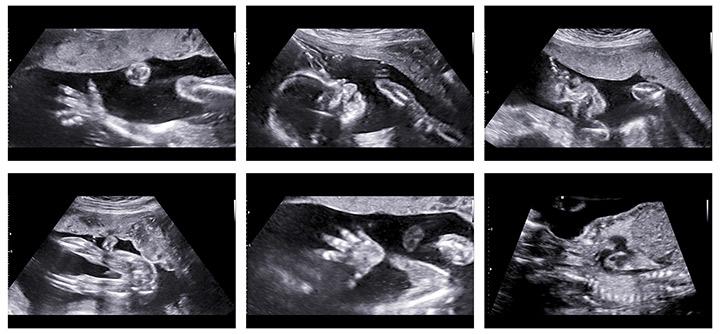

“So even if you transfer the embryo next month, next year, or in 10 years, it is still a Day 3 or a Day 5 embryo, so you can still add 263 or 261 days from transfer day.” Are IVF due dates more accurate than natural conception? “This is because the embryo is frozen in time,” Dr. With a frozen embryo, it’s calculated the same way. The number of days indicates how many days since the egg was fertilized (mixed with sperm in a petri dish). You’ll add 266 days but then subtract three days for a Day 3 transfer or subtract five days for a Day 5 transfer. If you choose to calculate from the date of the embryo transfer, however, you’ll need to do a little more math. That calculation holds true if you’re using your own eggs or if you’re using donor eggs or a donor embryo. When you undergo IVF and a fresh embryo transfer (FET), you’ll add 38 weeks, or 266 days, to the date of the egg retrieval to get your due date, explains Luis Murrain, DO, an OB-GYN and cofounder and partner physician with Dreams Fertility in Palm Springs, California.
C SECTION DUE DATE CALCULATOR HOW TO
How to calculate due date with IVF and FET This IVF due date calculator can help you figure out when your baby is likely to be born: “This makes the due date from IVF more accurate to predicting 40 weeks of pregnancy because we know closer to when the person conceived.” When is my due date? “Since a last period doesn’t say much about when you actually get pregnant following IVF, the due date following IVF is calculated based on the ‘age’ of the embryo, usually day 3 or day 5, and when the embryo is transferred,” explains Jessica Ryniec, MD, an OB-GYN and reproductive endocrinology and infertility specialist at CCRM Boston. However, when you go through the in vitro fertilization and embryo transfer process, your IVF due date will be two weeks shorter because you don’t account for the last menstrual period or ovulation. Or to make it easy on yourself, you can use a natural conception pregnancy due date calculator. The most common strategy is to count forward 280 days from the first day of your last period (assuming that you remember that piece of information).This method works well if you have regular menstrual periods, but is less reliable for those with irregular cycles.

When you get pregnant without the assistance of IVF, there are several ways to figure out your due date based on your menstrual cycle or the date of conception. natural conception due dateĪlthough it varies from woman to woman, a typical pregnancy lasts 40 weeks, or about 280 days. RELATED: IVF treatment costs IVF due date vs. If you conceive via in vitro fertilization (IVF), your due date calculation will change to factor in this conception process. People who use assisted reproductive technology (ART), which includes fertility treatments involving eggs or embryos, have to learn a lot of details about fertilization and implantation that they never thought they’d need to know. Sometimes, starting a family requires a little extra assistance from a reproductive endocrinologist or a fertility specialist.

frozen embryo transfers | Will ICSI affect my due date? | What is the best day to transfer an embryo? | How many weeks pregnant am I after IVF or FET? natural conception due date | IVF due date calculator | How to calculate due date with IVF/FET | Accuracy | Fresh vs. See Resources for more information of breastfeeding positions.IVF due date vs. Instead, women can lie on their sides to breastfeed or they can use the “clutch hold,” also referred to as the “football hold,” when breastfeeding. While newborns typically weigh less than 10 pounds and moms can safely lift their newborn babies after a C-section, breastfeeding babies in the typical “cradle hold” may put too much pressure on surgical incisions and cause discomfort. They may also need some assistance caring for other young children for instance, they should not lift toddlers in and out of bed. New moms may need some assistance with household chores such as laundry and grocery shopping so they avoid lifting heavy items. Talk to your obstetrician about the specific guidelines you should follow. Obstetricians may recommend adherence to varying lifting restrictions about a Cesarean section, but most advise not lifting more than 10 to 15 pounds for at least a few weeks after the operation, according to Childbirth Solutions.


 0 kommentar(er)
0 kommentar(er)
